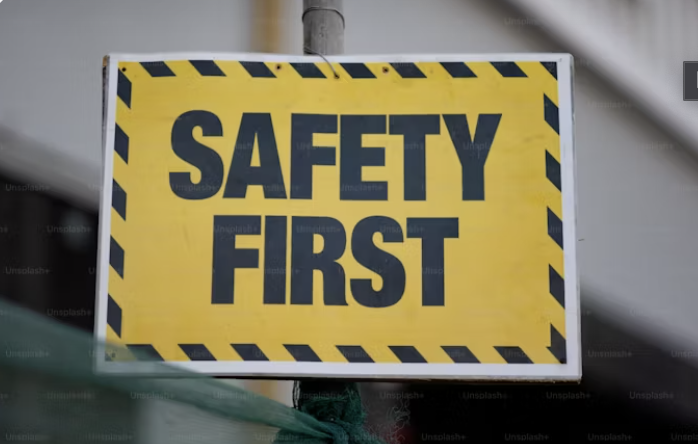


In the healthcare industry, efficient fleet management is not just about ensuring vehicles run smoothly—it’s about safeguarding lives and maintaining critical operations. For account managers and healthcare providers, understanding the importance of accident management can make all the difference in service quality and operational efficiency.
According to the latest trends, there are eight key strategies that every healthcare account manager should consider to enhance fleet accident management and ensure the safety of their operations.
Prevention is crucial in healthcare, and the same applies to fleet safety. Implementing proactive measures like regular maintenance checks and driver safety training can prevent accidents before they happen, protecting both your healthcare team and patients.
Healthcare services depend on reliable transportation. Regular vehicle maintenance not only ensures your fleet is always ready to respond to emergencies but also prevents mechanical failures that could lead to accidents.
Safety should be a collective responsibility in the healthcare sector. Encouraging a culture where everyone, from drivers to account managers, prioritizes safety can significantly reduce accident risks and improve patient care.
The healthcare environment is ever-changing, and so are the challenges on the road. Regular driver training, tailored to the specific needs of healthcare fleets, ensures that your drivers are prepared for any situation, ultimately improving patient outcomes.
Advanced in-vehicle technologies, such as telematics and dashcams, can provide real-time feedback to drivers, helping them correct unsafe behaviors before they lead to accidents, thus maintaining the safety of both patients and staff.
Healthcare fleets must ensure that their drivers maintain a clean and safe driving record. Continuous monitoring of MVRs helps identify any potential risks before they impact patient transport or healthcare delivery.
When accidents do occur, it’s crucial to analyze them thoroughly to understand what went wrong and how similar incidents can be prevented in the future, ensuring continuous improvement in patient care and safety.
Your insurance provider can be a valuable partner in developing and refining your accident management strategy. Collaborate with them to identify trends and create a plan that minimizes risks and protects your fleet and the patients you serve.
For healthcare fleets, accident management should be comprehensive, involving regular safety initiatives, a strong safety culture, and continuous improvement. By staying ahead of these trends, healthcare account managers can ensure that their vehicles—and the patients they transport—remain safe and well-served.
If you’re not actively managing your healthcare fleet’s accident prevention strategies, contact us today. There’s an opportunity to save lives, improve patient care, and optimize resources.